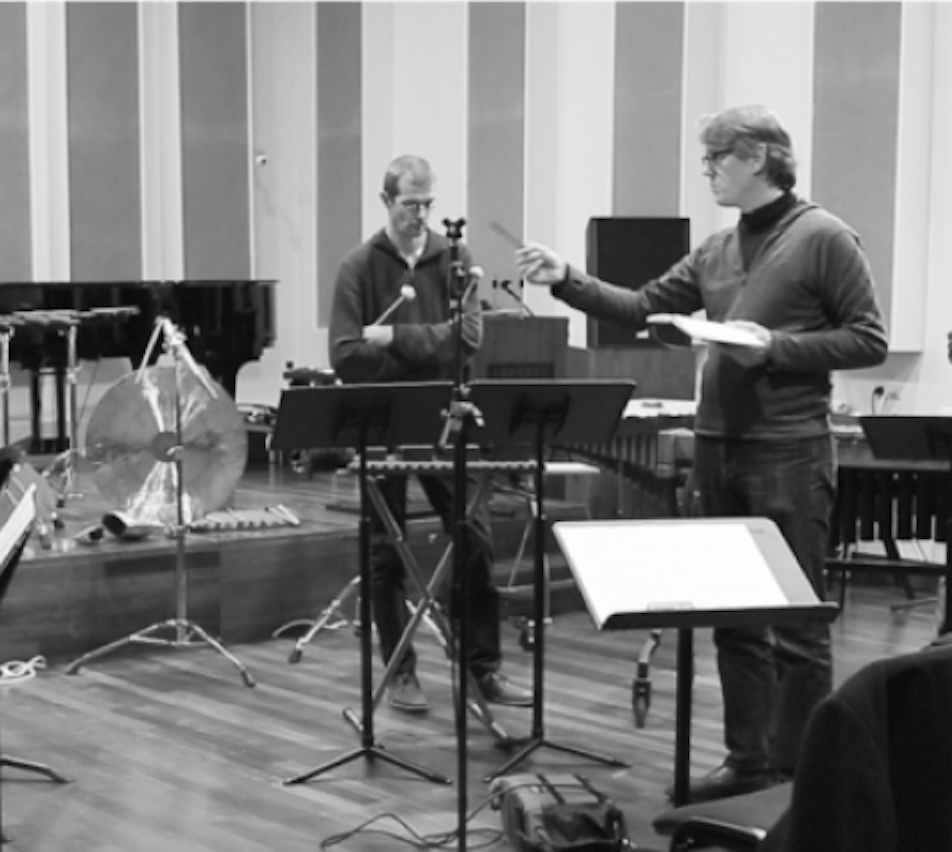In traditional opera creation, roles are strictly defined: the composer and librettist create the performance “text” - the score and libretto - usually prior to the gathering of the performing forces. The composer and librettist are the primary creators, with the greatest degree of artistic freedom. The stage director and the design team have some creative liberty, while relying on the given text dictated by the primary creators. The conductor and the rest of the musicians are interpreters, their roles usually strictly defined, with limited creative freedom. However, in new opera creation, the roles of creator, interpreter and performer are often significantly more loosely defined. In this research, Taum shall explore the ways in which a group of artists collaborate to create a new work, and compile a suggested working method for a co-created opera production, with a focus on different types of shared leadership.
Shared leadership “relies on a dynamic exchange of lateral influence among peers rather than vertical downward influence by an appointed leader”. A group may choose a leadership model based on democracy, consensus or rotating leadership. It may be led by an individual or a team who serve as the main creator, with the others filling the role of interpreters.
The objective of this research is to compile a working method for a co-created opera production. Within the research component, Taum will analyze opera productions from around the world, aiming to discern how leadership was shared within the production, and how much artistic freedom each participant had. Secondly, she will study various models of shared leadership and identify their implementation in the existing opera productions.
The practical component of the research will put to test the guidelines Taum had compiled within the research phase. She will put teams to work on a series of tiny opera performances, to be performed in succession, each produced according to a different model of co-creation. At one extreme, she would have complete artistic authority, the other artists relegated to interpretation of decisions, and at the other extreme, artistic freedom would be shared fully. Each team would get a different set of instructions, granting them a different amount of freedom in which to approach the theme.
There are two variables that Taum wish to explore: one is the leadership component, setting the tasks for each team on an axis moving from a single creative authority (Taum herself) to an extreme of shared leadership (consensus). The other variable is the treatment of the materials themselves, on an axis from the strictest, interpretation-only role, to the greatest freedom of each individual to create.

